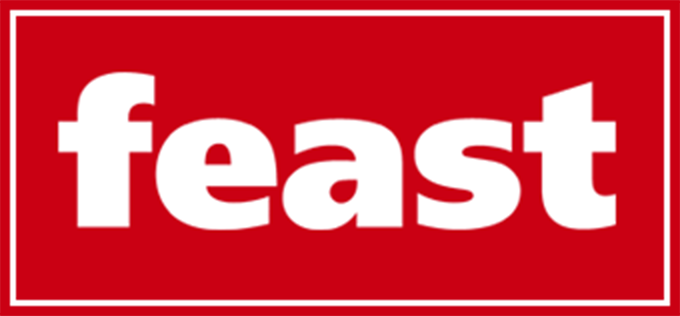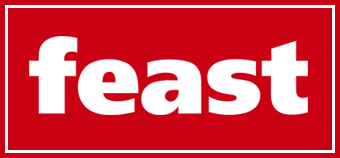In an age in which machine learning determines everything from car loan approvals to life-or-death medical decisions, model observability has become not only a risk prevention but a strategic necessity. Perhaps nowhere is this more essential than in highly regulated industries like healthcare, where black box models have the potential to lead to violations of compliance, misdiagnosis, or defective claims adjudication. As data pipelines become the arterial system of digital businesses, the capability to trace, audit, and explain every model decision is no longer a choice. It’s the basis of ethical AI and the pillar of robust infrastructure.
In the midst of this changing environment, Veerendra Nath has become a technical architect whose vision for model trust and transparency is revolutionizing the way AI systems are constructed, supervised, and managed. According to the report, from the expert’s table, his career—across healthcare behemoths such as HCA Healthcare and data intelligence platforms has brought observability into operation at enterprise scale. His approach is based on building for visibility day zero: “Observability isn’t a feature to patch in later, it’s the bedrock of accountable AI,” he posted in an internal forum recently.
And to this, Veerendra spearheaded the development of HIPAA-compliant MLOps pipelines within Inovalon’s NLPaaS platform, incorporating real-time logging, model versioning, data drift detection, and human-readable audit trails natively into the deployment process. These systems handle millions of unstructured clinical documents per month, with checks built in that provide transparency to clinicians and compliance officers. As project reports indicate, such observability-first infrastructure has facilitated traceable AI deployments within 25 of the largest 25 U.S. health plans, backing up everything from risk adjustment to quality score optimization.
Besides that, he played a critical role in developing observability tooling for HCA Healthcare’s Healthcare Intelligence Network (HIN) platform. The reports indicate that his work introduced pipeline-level diagnostics, performance dashboards, lineage tracking, and failure heatmaps, constructing federated monitoring ecosystems that facilitated real-time recovery, retraining, and compliance across more than 30 Google Cloud services. The work reportedly reduced undetected model failures by over 60%, made it possible for cross-team trust, and increased platform-wide uptime.
One of his hallmark initiatives was bringing observability into CI/CD pipelines, making GitHub Actions governance-aware deployment tools. Regression testing, data validation, and explainability checks became pre-deployment gates integrated into code—making sure high-risk healthcare models were never deployed blindly. “We cut the delay between model deployment and issue detection,” Nath said, noting that proactive alerts and rollback capability have cut failure response times down to hours from days.
Reportedly, from the expert’s table, among his greatest contributions are designing internal dashboards that show model drift, confidence score shifts, and latency anomalies—incentivizing enough granular detail to alert individual prediction variations. Shared by departments, these tools enabled data scientists and ops teams to respond quickly, knowing what to act upon—reducing their manual troubleshooting time by 70%. Effectively, they bridged the model output with user feedback loop, establishing a culture of explainable AI and feedback-rich within the organization.
But Veerendra’s most lasting legacy may be in the way he transformed organizational thinking about responsible AI. According to the reports, he advocated for observability not just for engineers but also for equipping compliance officers, analysts, and clinicians with tools to understand model behaviour. His domain-specific observability framework—designed for roles, use cases, and risk levels—served as the blueprint for scalable ML governance.
All that on top of that, he addressed several first-of-their-kinds: developing observability in HIPAA-regulated environments, providing PHI-safe telemetry, and designing audit-compliant feedback loops for unstructured data pipelines. His efforts enabled the first-ever real-time model telemetry system for sensitive clinical use cases in these ecosystems—clearing both internal security and external regulatory audits with nary a flag.
Despite his technically demanding responsibilities, Nath remains deeply focused on strategic foresight. He sees observability evolving beyond engineering hygiene into a product in itself—complete with discoverable logs, shareable prediction histories, and automated action triggers. “We’re moving toward observability-as-a-service, where every model’s telemetry stack is as important as its training stack,” he noted, forecasting a future where explainability, governance, and reliability are bundled into every AI product by design.
Today, as AI systems become more deeply embedded in healthcare infrastructure, Nath’s work stands as a model for how trust and transparency must scale with complexity. In his own words, “A model that works but can’t be trusted is a liability—not an asset.” In bringing clarity to AI’s black box, Veerendra Nath is not just building better pipelines—he’s enabling a more accountable, equitable future for machine learning in the real world.



